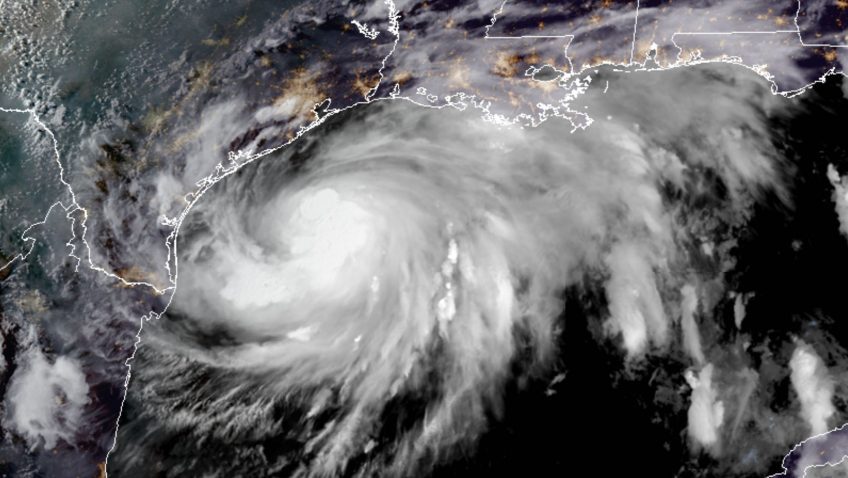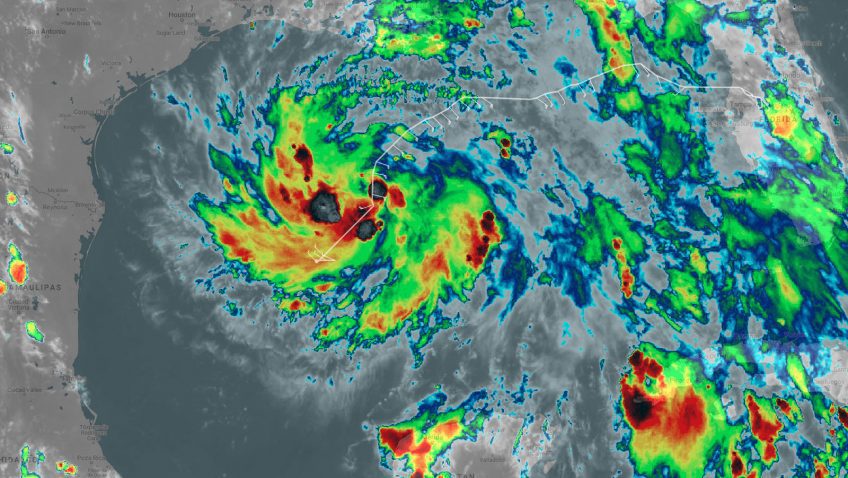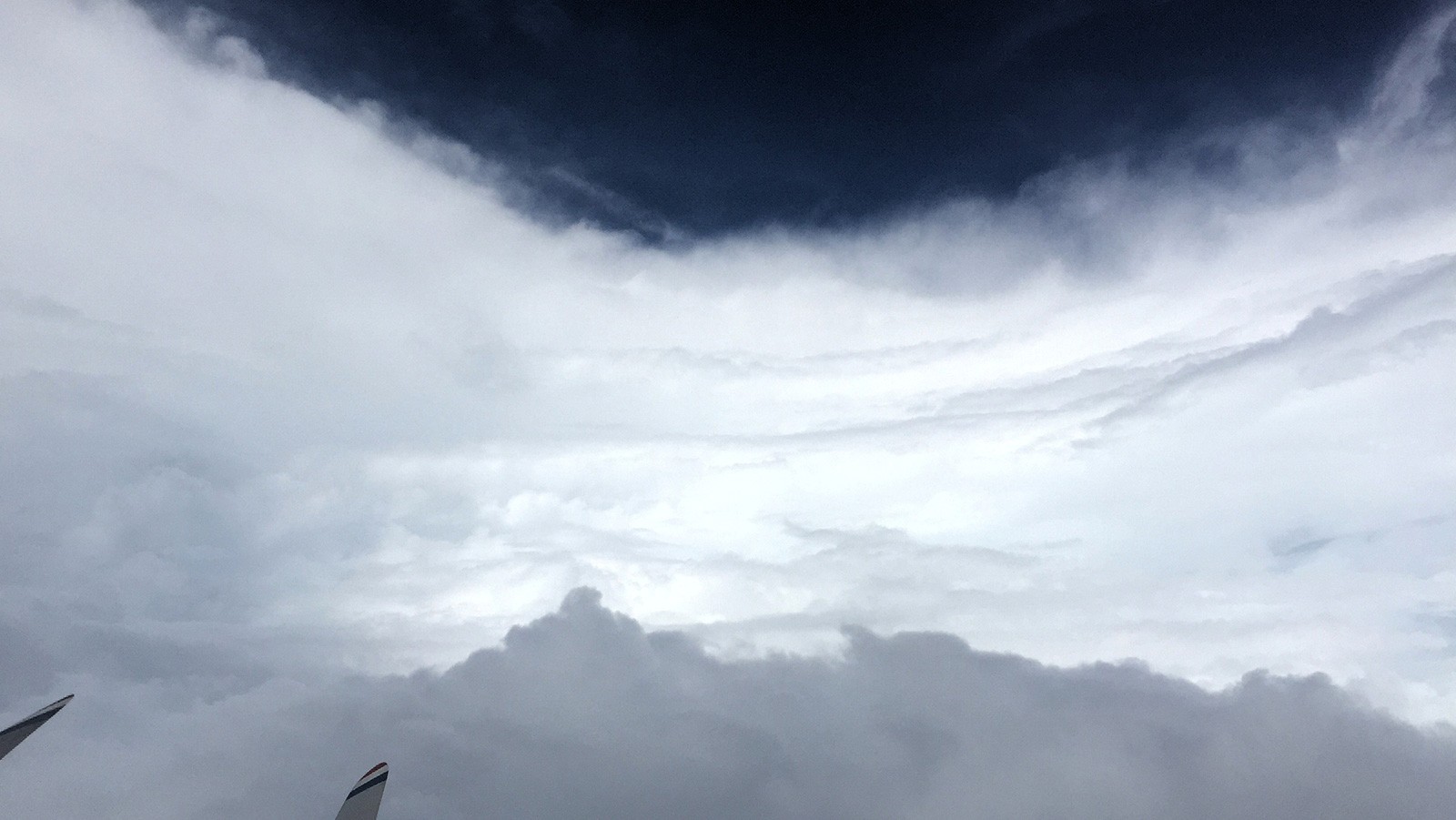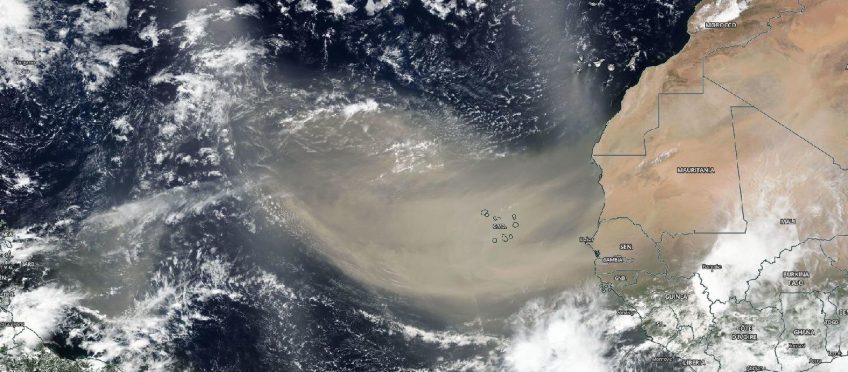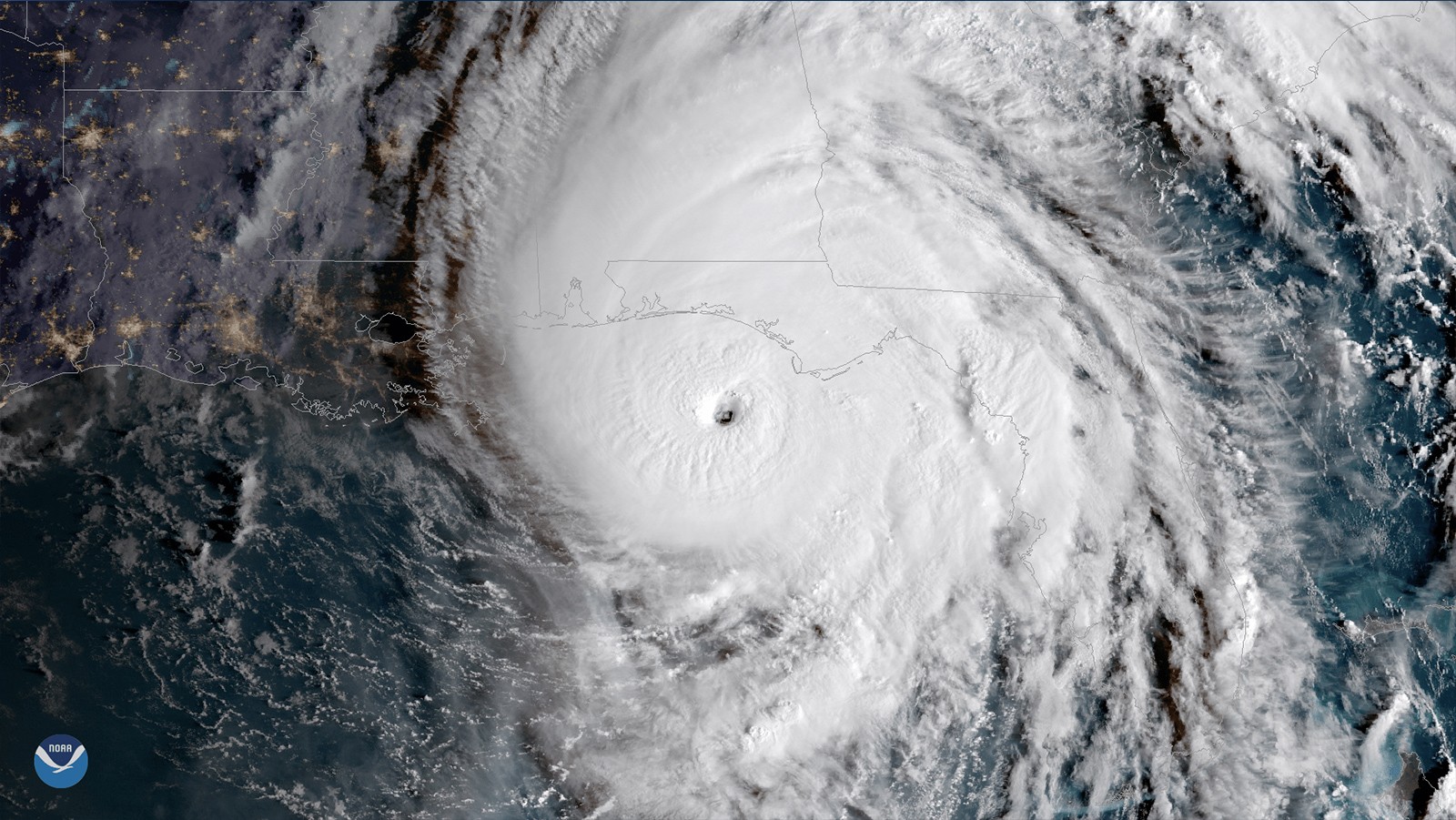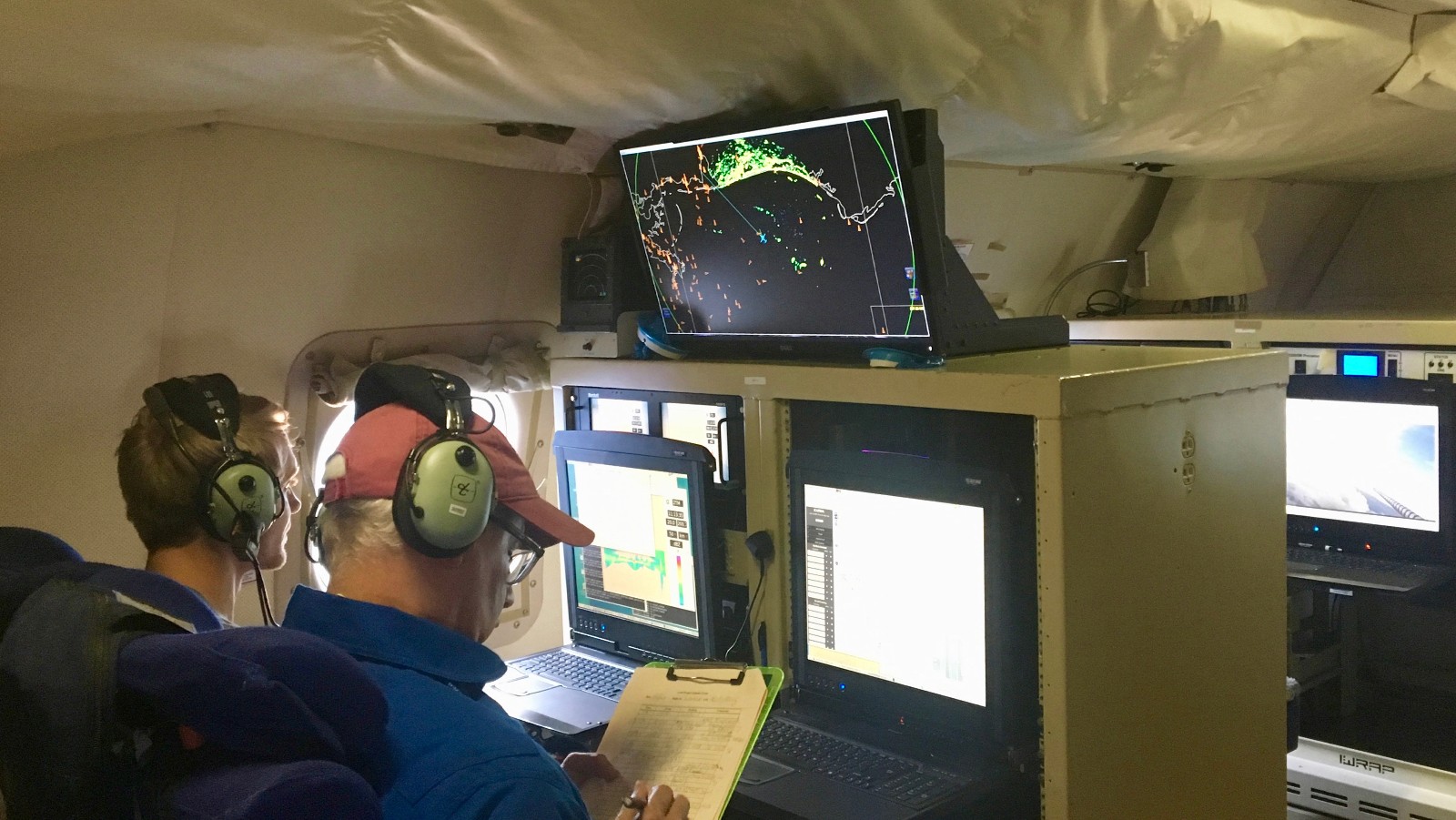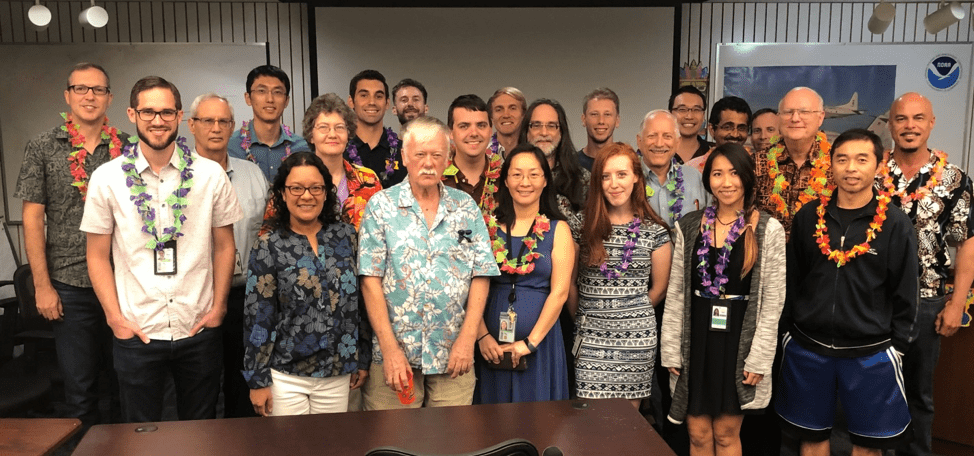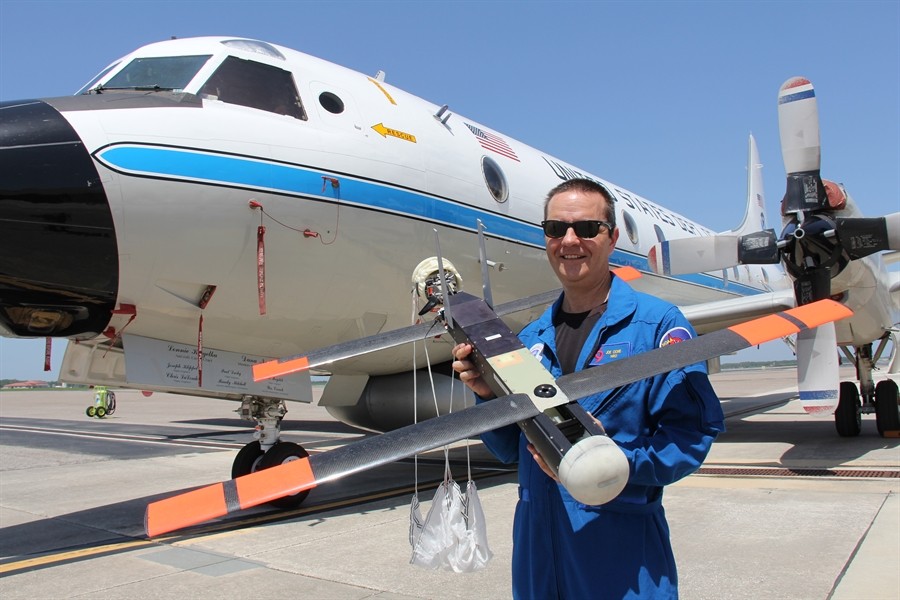The National Hurricane Center (NHC) continues to task NOAA’s Hurricane Hunter aircraft NOAA43 into Tropical Storm Hanna located in the Gulf of America. AOML radar and dropsonde experts are providing remotely-based data processing in support of these operational missions. The flights are scheduled to continue through Saturday morning, July 25, 2020.
Read Full Article
The National Hurricane Center tasked NOAA’s Hurricane Hunter aircraft to investigate Tropical Depression Eight in the Gulf of America Thursday, July 23, 2020.
Read Full Article
A recent study published in the journal Atmosphere evaluated for the first time, how well NOAA’s regional hurricane model was able to forecast the location and amount of devastating rainfall in 2017’s Hurricane Harvey. The Hurricane Weather Research and Forecasting (HWRF) model predicted the realistic total rainfall and the location of the maximum rainfall of Hurricane Harvey, which were the most devastating impacts of the storm’s landfall in coastal Texas.
Read Full Article
Originally Published Wednesday, June 24, 2020 at NOAA NESDIS
As we move through the 2020 Atlantic Hurricane Season, you will no doubt hear a lot about the Saharan Air Layer—a mass of very dry, dusty air that forms over the Sahara Desert during the late spring, summer and early fall. This layer can travel and impact locations thousands of miles away from its African origins, which is one reason why NOAA uses the lofty perspective of its satellites to track it.
Read Full Article
In a recently published study, AOML hurricane researchers used multiple computer model forecasts to gain a better understanding of how Hurricane Michael, which made landfall in the panhandle of Florida with winds up to 162 mph, rapidly intensified despite strong upper-level wind shear which usually weakens hurricanes. By contrasting two sets of forecasts, the study found that Michael only rapidly intensified when rainfall completely surrounded Michael’s center, and when the eye of the storm itself was located in nearly the same place at different heights.
Read Full Article
The 2019 Atlantic hurricane season ended on November 30 but not before churning out 18 named storms, including catastrophic Hurricane Dorian. Throughout the season, AOML’s hurricane scientists were at the forefront of NOAA’s efforts to prepare vulnerable communities for severe weather.
Read Full Article
AOML’s hurricane scientists conducted multiple airborne missions into several tropical systems that formed in the Atlantic in September and October. The data gathered in Humberto, Jerry, pre-Karen, Lorenzo, and Nestor improved track and intensity forecasts, aiding NOAA’s efforts to prepare vulnerable communities for severe weather. The missions also supported research to better understand how tropical cyclones form, intensify, and dissipate, as well as supported efforts to validate satellite measurements of these storms.
Read Full Article
The most dangerous part of the hurricane is the eyewall close to the ocean. It’s where the storm draws energy from heat in the water, which influences how strong – and how quickly – the storm will develop. It’s also where the strongest winds lurk.Direct and continuous observations of the lower eye-wall would help forecasters understand critical information about the storm’s development. NOAA P-3 “Hurricane Hunters” routinely fly through hurricane eyewalls to gather storm data, but avoid flying close to the ocean because conditions are too hazardous.
Read Full Article
Catastrophic Hurricane Dorian will be long remembered as one of the Atlantic basin’s most powerful landfalling hurricanes. NOAA Hurricane Hunters measured Dorian’s intensification from a weak tropical storm in the Caribbean to one of the Atlantic’s fiercest hurricanes. The data they gathered were vital to protecting life and property, supporting NOAA’s efforts to warn vulnerable communities of approaching severe weather through accurate forecasts.
Read Full Article
Hurricanes Frequently Asked Questions (Revised June 1, 2023) Real-Time Information For the latest current information about the tropics visit the National Hurricane Center. Explore Alternative Formats like NOAA Weather Radio and Forecast RSS brought to you by the National Hurricane Center. This FAQ (Frequently Asked Questions) answers various questions regarding hurricanes, typhoons and tropical cyclones [...]
Read Full Article
